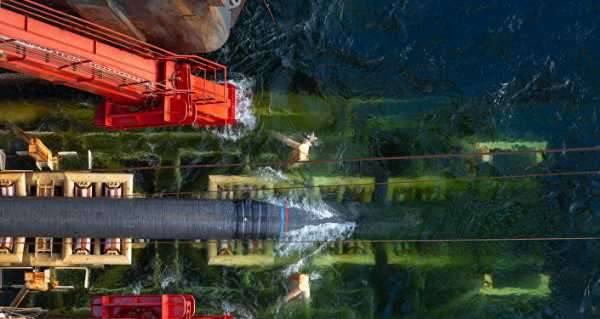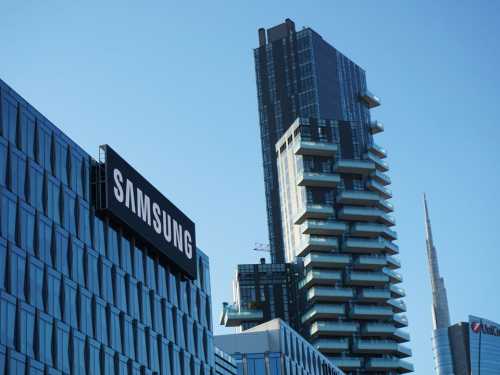
Construction of the €9.5 billion, 1,230 km-long pipeline was halted late last year, with just 160 km of the project left to build, after Washington threatened to slap “fatal” sanctions on a Switzerland-based contractor working on the joint Russian-Western European energy project.
Construction of the Nord Stream 2 pipeline will be allowed to resume on August 3, after the expiration of a deadline to challenge Copenhagen’s decision to let the project to move forward, the Danish Energy Agency (DEA) has announced.
Denmark gave Nord Stream AG the go-ahead to use anchored pipelaying ships in combination with dynamic positioning vessels to complete the gas pipeline in Danish waters earlier this month, and clarified that the pipeline’s route is outside the zone of risk of contact with WWII-era chemical weapons buried at the bottom of the Baltic Sea.
Earlier, companies involved in the project indicated that one option for completing the pipeline may see the use of a pipelayer working in tandem with a second vessel fitted with a dynamic positioning system capable of holding the pipelayer in place without the use of anchors. To this end, the Akademik Cherskiy pipelaying vessel and the Fortuna pipelaying barge may be used together to finish the project. The Fortuna entered Danish waters earlier this month, with the Akademik Cherskiy arriving in the Baltic Sea from the Russian Far East in May.
Last month, US lawmakers introduced an amendment to the 2021 National Defence Authorization Act to slap additional sanctions on Nord Stream 2, on top of the sanctions already introduced in December 2019 against companies engaged in the project’s construction. Both the House and Senate have since greenlit the new restrictions. However, last week, German media reported that the Akademik Cherskiy pipelayer has been reregistered with a regional energy fund in Russia to enable it to circumvent any new US restrictions and complete the project.

The Russian pipe-laying vessel Akademik Cherskiy, which may be used to complete the construction of the Nord Stream 2 gas pipeline, lies in the port of Mukran, Germany, July 7, 2020
Nord Stream 2 is a joint venture between Russian gas giant Gazprom and Western European energy companies Uniper and Wintershall of Germany, Engie of France, Austria’s OMV and the UK-Dutch conglomerate Royal Dutch Shell. When finished, the project is expected to add 55 billion cubic meters in additional annual capacity for gas deliveries from Russia to Germany through the Baltic Sea, thereby doubling the capacity of the existing Nord Stream network.
Russian officials have repeatedly promised to complete the project, regardless of US pressure.
Officials from Germany, the other party most interested in Nord Stream 2’s completion, have criticized the US over the impending new sanctions, with Chancellor Angela Merkel warning that Berlin would consider them illegal. Some German lawmakers have suggested that Berlin may retaliate to any potential new sanctions by imposing extra duties on the import of US liquefied natural gas.
Earlier this month, commenting on the possible new US restrictions against Nord Stream 2, European Commission foreign policy chief Josep Borrell said that Brussels opposes the “use of sanctions by third countries on European companies carrying out legitimate business,” and called the Trump administration’s increasingly frequent use of sanctions and the threat of sanctions against European companies and interests a “worrying trend.”
Sourse: sputniknews.com






